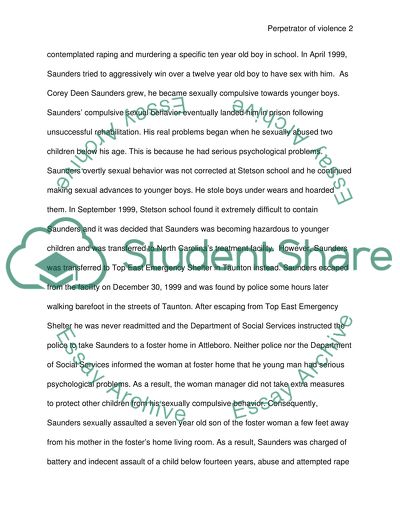Cite this document
(“Child perpetrator of violence Case Study Example | Topics and Well Written Essays - 2500 words”, n.d.)
Retrieved from https://studentshare.org/geography/1417821-child-perpetrator-of-violence
Retrieved from https://studentshare.org/geography/1417821-child-perpetrator-of-violence
(Child Perpetrator of Violence Case Study Example | Topics and Well Written Essays - 2500 Words)
https://studentshare.org/geography/1417821-child-perpetrator-of-violence.
https://studentshare.org/geography/1417821-child-perpetrator-of-violence.
“Child Perpetrator of Violence Case Study Example | Topics and Well Written Essays - 2500 Words”, n.d. https://studentshare.org/geography/1417821-child-perpetrator-of-violence.


